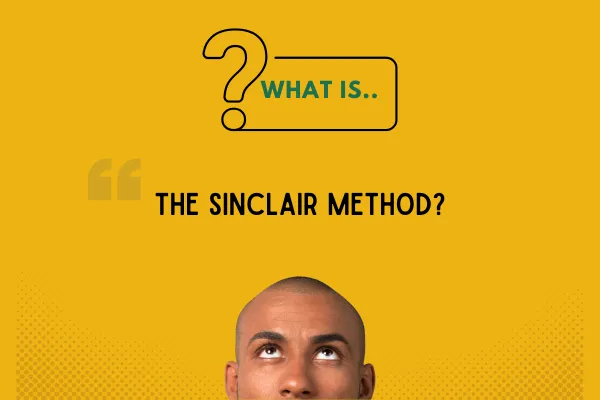Sinclair Method Studies
This article examines the scientific foundation behind TSM, drawing on nearly three decades of peer‑reviewed trials, neuroimaging research, and systematic reviews.

Albert Einstein is often credited with saying, “Insanity is doing the same thing over and over again and expecting different results.” When it comes to treating Alcohol Use Disorder (AUD), this sentiment couldn’t be more relevant. For decades, traditional abstinence-based recovery has been held up as the gold standard — and yet, it fails around 90% of the time in the first year. So why are we still pushing it as the only way forward?

The Sinclair Method (TSM) is a medically proven way to help people reduce or quit drinking by using naltrexone, an opioid antagonist that blocks the pleasurable effects of alcohol. Unlike traditional abstinence-based methods, TSM allows people to continue drinking while gradually retraining the brain to lose its craving for alcohol.

In this blog post, we'll explore the key elements of Claudia Christian's Ted Talk, her personal journey with addiction, the effectiveness of the Sinclair Method, and the scientific rationale behind her advocacy for using Naltrexone
